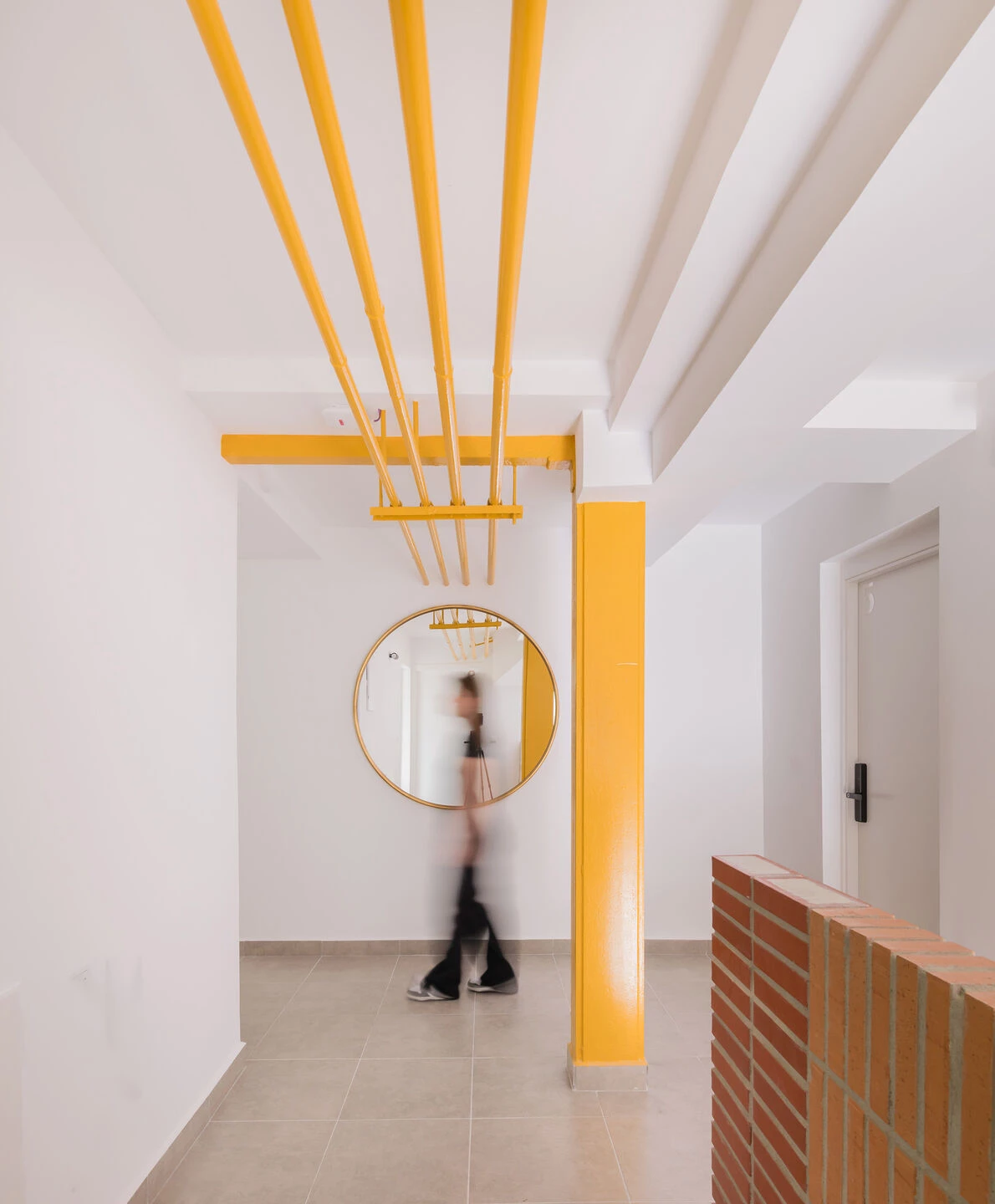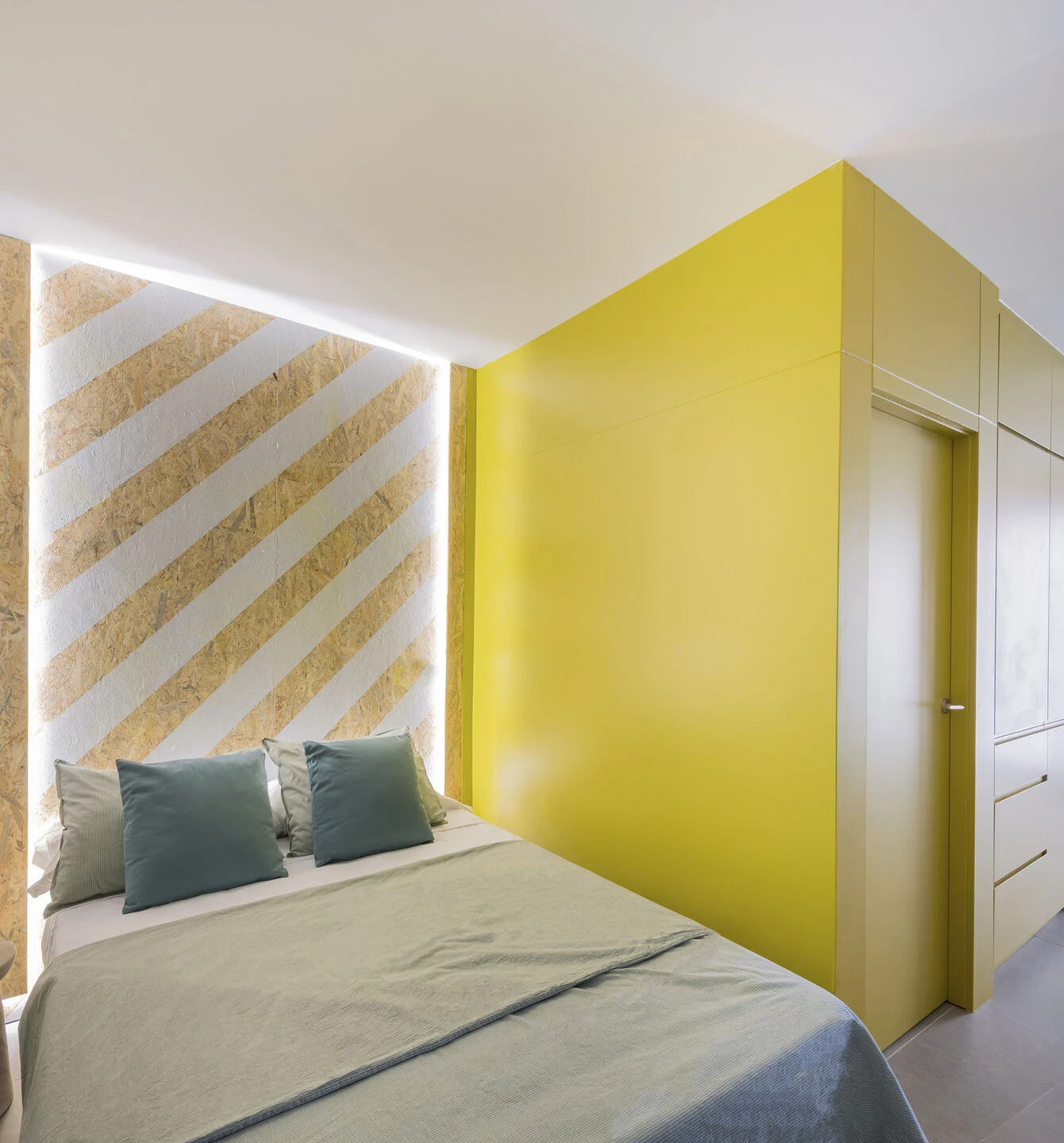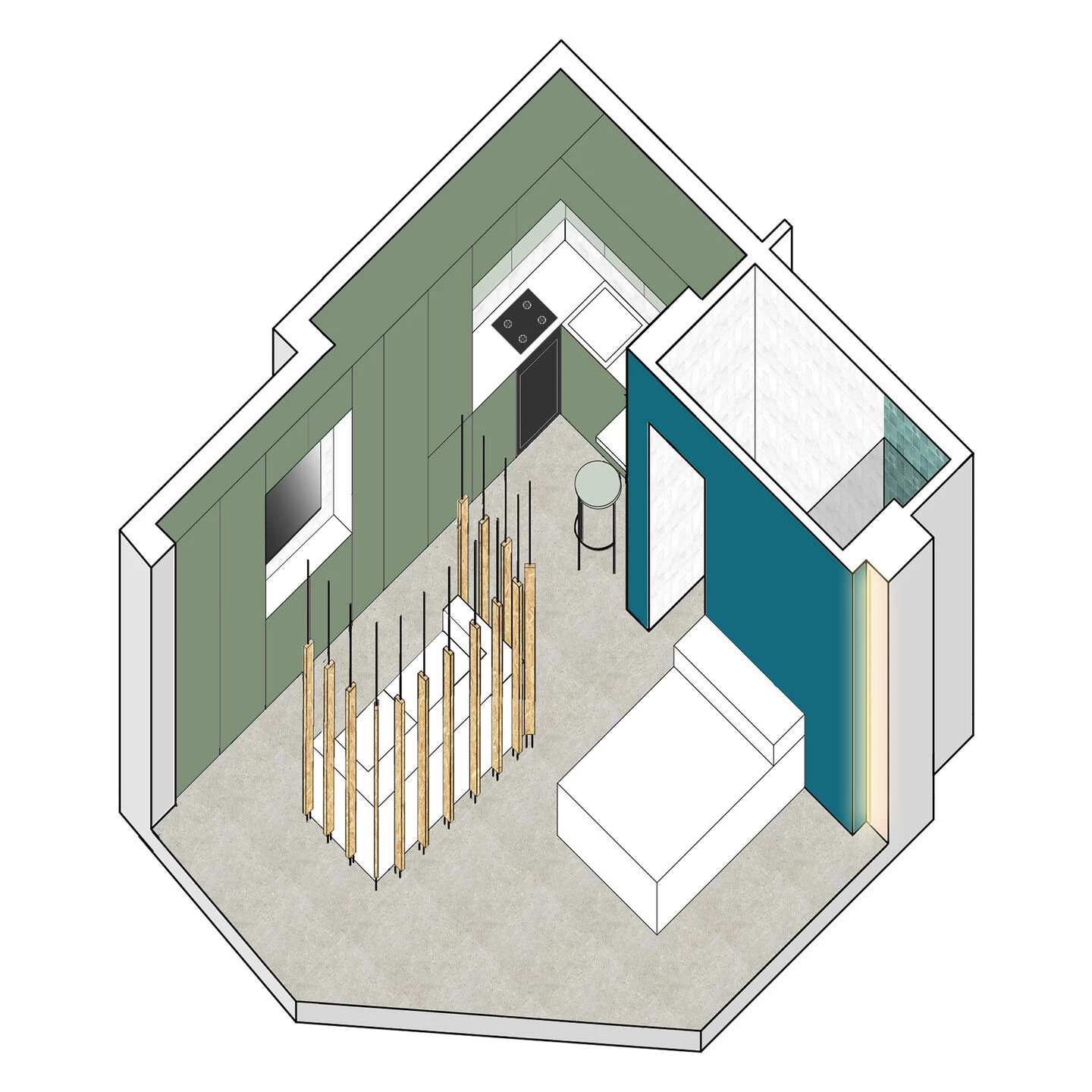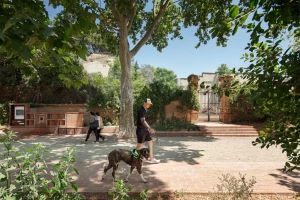Once upon the time an old construction warehouse in a big city that had bee closed for many years without being used.


The company that worked there was solvent and doing well, that was not the problem. What happened is that it got "delocalized". The city that surrounds it had changed and this industrial space was left out of place, in a context that was not appropriate for the use it had, like when you fall asleep on the bus and later you wake up suddenly in a completely different place than where you wanted to be.


The day this warehouse was planned, the city center was much further away. This was a semi-industrial area, where medium-size work spaces such workshops, warehouses and small factories coexisted within a residential fabric where the workers of these companies and many others lived.

There was a large highway right in front of it and the surroundings were noisy, contaminated, dirty, grey...
In the City Centre were the trees, the large avenues and the bright houses. People who could afford it lived there and looked out the windows to see parks.
In the neighborhood of our warehouse lived the workers who went to their work every morning and dreamed of one day living in the City Centre.


That happened for years, until the City´s inhabitants had a great idea: they decided to cover the large highway, which isolated and suffocated the working-class neighborhood, with trees and plants, so that the inhabitants of this neighborhood could also see trees through their windows.
That changed everything!


Suddenly the centre was no longer the only place where people wanted to live. The factories and workshops in the working-class neighborhood began to move to other places near other noisy and grey highways, because that is where they work best, leaving behind large empty spaces like our warehouse.
Over time, more and more people wanted to live in the old grey working-class neighborhood, because it was now a pleasant and attractive place for families, but there was no more space for new houses.


The city´s inhabitants met again and had another great idea: If they needed more houses, why not recycle those large old disused spaces as homes?
After all, thanks to technology, many inhabitants now work remotely and don´t have to go to the factories. But they can continue living and working in the same neighborhood. Old warehouses offer attractive spatial possibilities for them if they are used well.


One day someone decided to transform our empty warehouse into homes, and commissioned the colours to do this job.
The grey left, and the yellows, blues, greens, oranges entered...




Colour conquered everything, it filled every corner of our old warehouse with joy, shades and surprises to house those young families who came to live with great enthusiasm in this renovated neighborhood, because from its yellow windows they could see dozens of trees around them...
The new houses equipped with everything necessary for contemporary life were built with wood, reddish brick and glazed ceramic, to make them cosy.



The former industrial pipes and pre-existing structural elements of the old warehouse were almost torn off by the city´s inhabitants´ desire for renewal, but Yellow, the colour, decided to hug and invite them to stay there and be part of the new homes. After all, a renovated space is always more interesting when it keeps some clues about what it did in its previous life.

































































